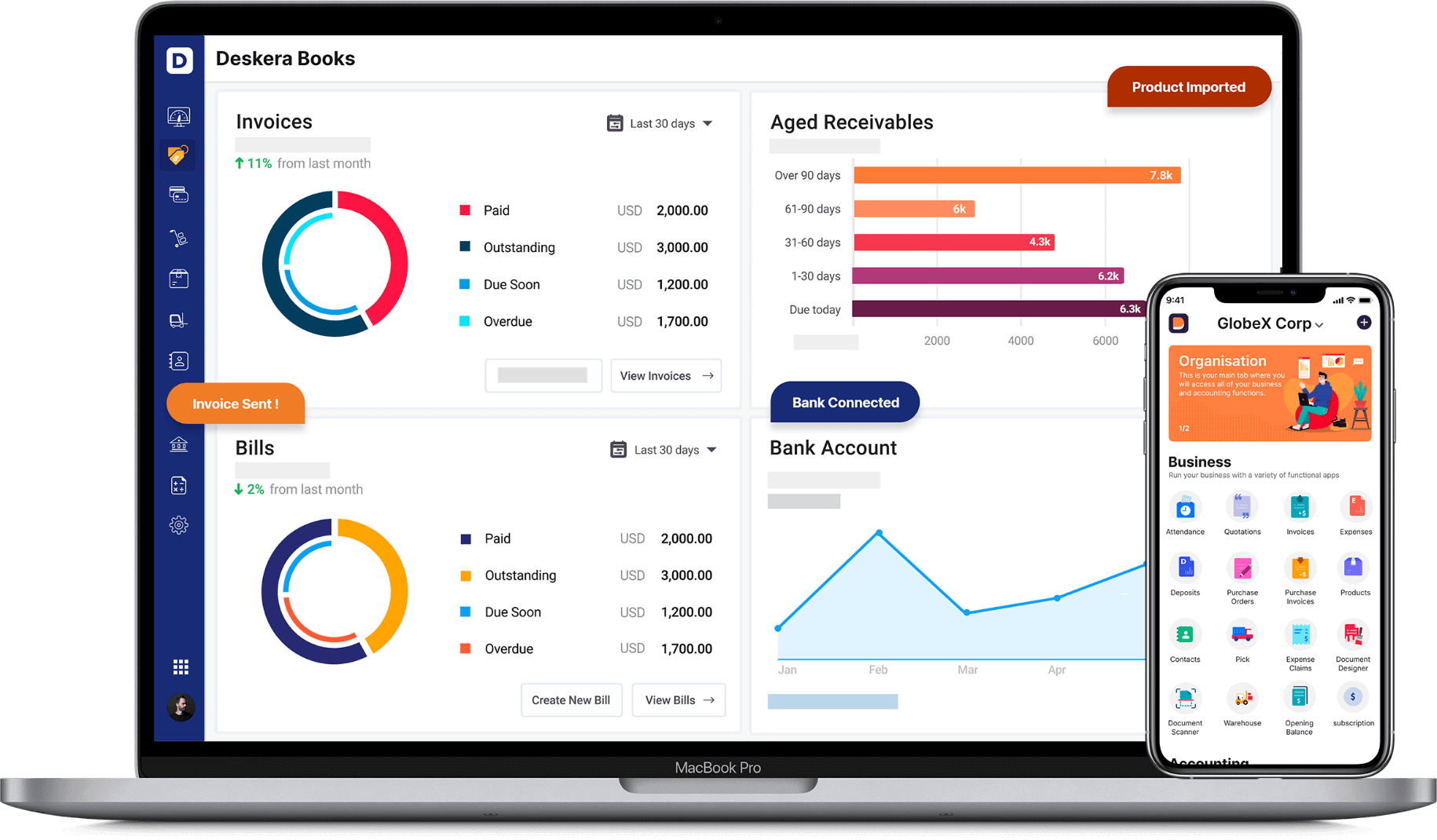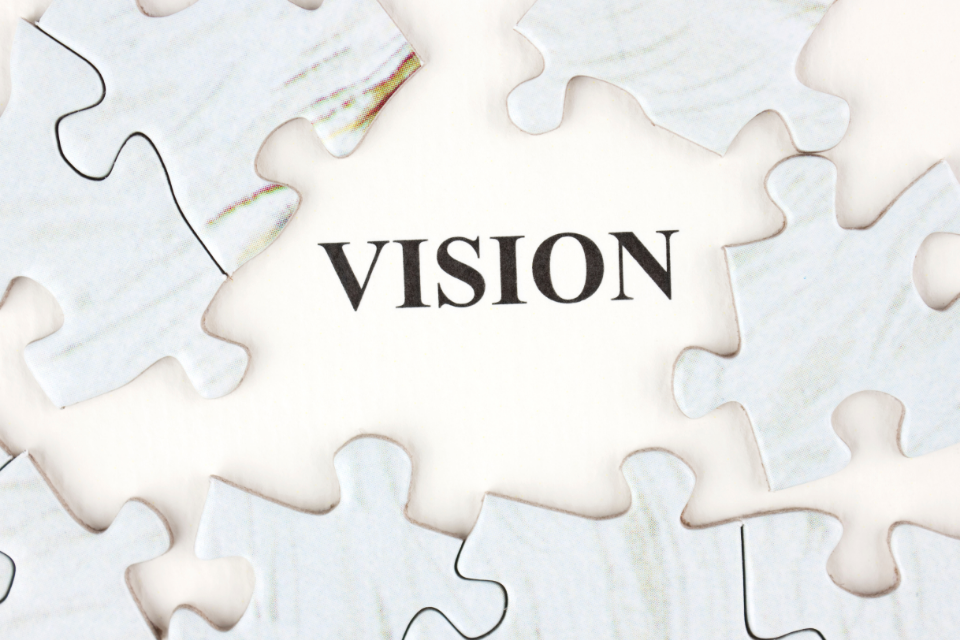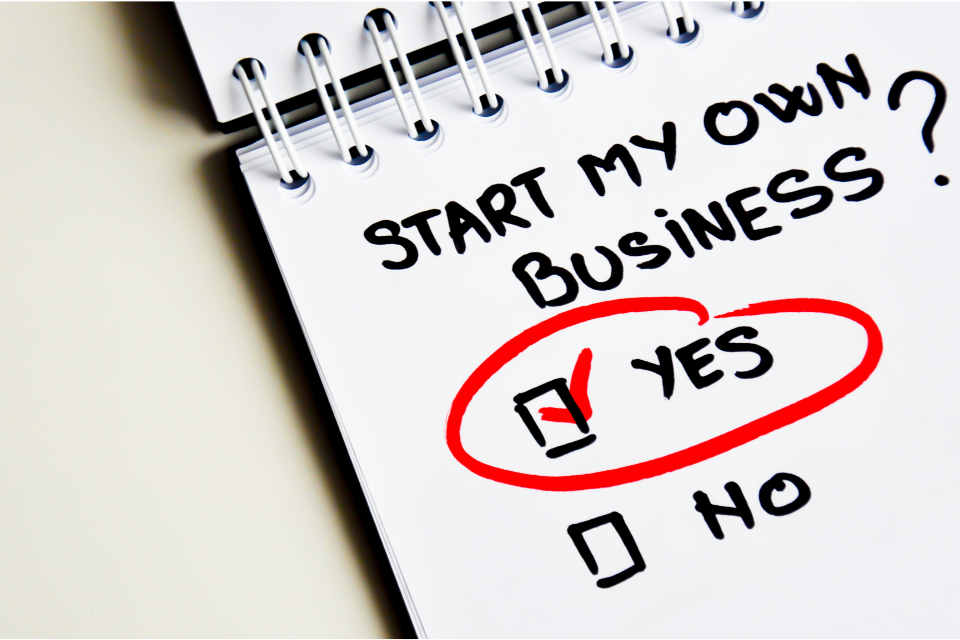Did you know that the global blockchain technology market size is valued at $5.92 billion and is expected to grow at an annual compound growth rate of 85.9% in the upcoming years?
When blockchain technology was first implemented in 2009, the introduction of blockchain-based cryptocurrencies such as Bitcoin started entering the space. From 2010-to 2013, the concept of blockchain technology and cryptocurrency wasn't that popular until Blockchain technology revolutionized itself in 2014.
Now, after almost six years of existence, these cryptocurrencies have entirely changed the outlook of the digital currency sphere and have emerged as the world's most significant digital currencies, where the oldest cryptocurrency, Bitcoin, is valued at $125 billion.
Do you know how these cryptocurrencies are supported to transact exchanges in an incredibly secure way?
Cryptocurrencies rely on a technology known as Blockchain that forms a database to track volumes of transactions and keep them safe and secure.
The primary purpose of blockchain technology is to hold batches of time stamped transactions that consist of blocks, where every block is linked to the previous one forming a chain.
With the advancement in technology, where people are becoming more innovative and more interconnected, cryptocurrencies have become increasingly attractive for the growing markets. Many developing nations have implemented blockchain-based national currencies and are using them for major projects leading to a smarter and interconnected digital infrastructure.
This article will take you through the concept of blockchain technology, related attributes, the working process and how the adoption of this technology will shape the digital currency space in the future.
The article talks about the following:
- What is Blockchain?
- What is the working process of Blockchain?
- Is Blockchain secure?
- How are Blockchains used in the industries?
- Which companies have adopted blockchain systems?
- What is a Blockchain platform, and what are its types?
- What are the benefits of Blockchain?
- What are the drawbacks of Blockchain?
- What's the most likely future of Blockchain?
- Bottom Line
- Key Takeaways
What is Blockchain?
A blockchain is a distributed database, also known as a digital ledger, consisting of blocks that are strung together to hold the batches of time stamped transactions. Each block involved in that transaction is linked to the previous one, forming a timeline through cryptography that creates a chain of data known as Blockchain.
It is essential to know that one block cannot be changed without changing every block in the chain because of the direct linkage of blocks to one another. Every new information collected in the blocks is followed by another block and compiled to make the chain.
This is what makes blockchain technology an incredibly secure way to record information.
Under the database, the blockchain stores information electronically in a digital format and maintains a secure and decentralized record of transactions, guaranteeing your data security.
What is the working process of Blockchain?
The Blockchain system consists of two types of records, transactions and the blocks used to carry out the actions in a particular period.
Following it, once the first block is created, the subsequent block in the ledger uses the previous blocks' to form a chain that can be verified by a computational process known as validation.
Once the validation is done, it is ensured that the copies of the Blockchain are distributed in the same state, and simultaneously, the added blocks can be referenced in the subsequent blocks.
The purpose of the blockchain working process is to allow digital information to be recorded and distributed under the technology without leaving any scope for alteration, tampering or deletion of the data.
For better understanding, the following is the overview of the blockchain working system that can help you to understand the structure, usage, and application in brief:
- First, an authorized participant will provide input of the transaction authenticated by blockchain technology.
- Second, the transaction will be transmitted to a network of computers that will come from the validity of the transaction.
- Third, the action will result in the creation of blocks that will represent the specific data.
- Fourth, all of these blocks will be chained together to create the blockchain network after the transaction verification.
- Fifth, you get the approval that your transaction is complete and is distributed across the network.
All of the five steps mentioned above take place in real-time (time stamped) and involve a range of elements pertaining to the transactions mentioned at the start.
Is Blockchain secure?
Blockchain is bagged by its advanced cryptographic protection system that makes the technology super secure without leaving any scope for alteration and editing.
Since the blocks are stored chronologically, it is complicated for anyone to change them once they have been added to the end of the Blockchain. Moreover, the decentralized system of blockchain technology makes it ideal for performing financial transactions and storing crucial information.
Even if the hacker tries to edit a block in the worst-case scenario, it will fail because each block has the hash code that comes before it. These courses are created by a mathematical function that turns the Digital information into a string of numbers or letters.
So, even if the hacker tried to edit the first block, still the hacker needs to change the subsequent blocks in the chain that comes one after another, which involves massive amounts of computing power and execution.
However, due to the validation algorithms, there are 51% chances of attacks in which an attacker can have more than 50% control over the computing power on the Blockchain. Still, these attacks are extremely difficult because of the immense amount of money and resources involved in redoing all the blocks having different time stamps and hash.
Even if someone tries to do such a thing, they won't go unnoticed as the network members will see the drastic alterations to the Blockchain and track it on time.
Overall, the blockchain system is super secure to preserve the user's privacy, which has led to the usage of various cryptocurrency-related transactions and NFTs in an economically incentivized environment.
How are Blockchains used in the industries?
As we now know the role of blocks in storing the data in Blockchain, today more than 10,000+ cryptocurrency systems are running on Blockchain, which offers a reliable way of performing monetary transactions.
As a result, the blockchain system has gained acceptance across major companies and industries, which has increased the usage of the blockchain system by 65 million people.
Following are six of the industries that have adopted and implemented the blockchain practice:
- Currency
- Food industry and Supply chain
- Banking and financial sector
- Recording of property
- Voting system
- Smart contracts
1. Currency
Blockchain builds the bedrock for cryptocurrencies like Bitcoin and Ethereum. Since the operations are spread across the network of computers, Blockchain allows Bitcoin and other cryptocurrencies to operate without the need for a central authority.
It helps reduce the risk and eliminates the processing and transaction fees. This is why cryptocurrencies are known to be more stable currency than other applications that can be used to perform both domestic and international transactions
2. Food industry and Supply chain
Food industries often use the Blockchain system to track and trace the food product's route from its origin until it reaches its final destination. It can also have the companies trace the product at every stop, get to know about the concerned person involved at every step, and identify problems that may occur in the future.
Moreover, the companies can also verify the authenticity of products as well as the common labels.
3. Banking and financial sector
Integrating Blockchain into business operations stands to have a number of benefits, especially in the banking and finance sector.
With the blockchain integration into the banks, customers can visualize the transaction process in less than 10 minutes regardless of any holiday, gap, or time.
The banks are also in a position to exchange funds between the institutions more quickly and safely, within a minimum of 3 days.
4. Recording of property
The blockchain system helps you save a lot of time and costs while recording your property rights, which are prone to human errors leading to inaccuracy and inefficiency.
The blockchain system helps you eliminate the need to scan documents and track down the physical files in a recording office.
You can store and verify your property ownership in the Blockchain, which gives you the confidence that your deed is accurate and is permanently recorded with the system.
5. Voting system
The implementation of Blockchain can be used to facilitate the modern voting system to eliminate election fraud and boost voter turnout.
Due to the transparent blockchain protocol, the need for personnel to conduct the election will be reduced and will also lead to the elimination of the need for recounts. Thus, promising you instant and authentic results.
6. Smart contracts
The smart contracts built into the blockchain system can help to facilitate, verify and negotiate a contract agreement. Smart contracts form a part of the blockchain system and operate under conditions the users agree to.
It helps to reduce the fees and process associated with creating contracts like notary or third party mediators and helps to ease down the process smartly.
The usage of the blockchain system has exploded in popularity over the last few years, especially in the sectors mentioned above and industries. The other sectors and companies are gradually testing blockchain technology and will probably adopt it in the near future.
Which companies have adopted blockchain systems?
Let's take a look at afew of the companies that have adopted blockchain technologies for their operations:
- In October 2020, Paypal launched a new service that enabled users to buy, hold and sell cryptocurrency.
- Blockchain company Theta labs partnered with Google Cloud to deploy and run nodes from the blockchain network.
- An entertainment ticketing software and services company, Ticketmaster, announced in 2018 that they bought the blockchain technology provider upgraded that converts the traditional tickets into secure interactive digital assets.
- An online retail company Overstock.com introduced Blockchain in 2016 to cell and distribute more than 126000 company shares.
- The big four accounting firms, especially Ernst and Young, have gone public with the blockchain technology by creating a digital wallet available to the Swiss employees.
- IBM is set to build its Blockchain as a service that will allow the customers to build a secure blockchain network
- Industries like government and technology are gradually using the Blockchain to enable the secure exchange of data, especially related to a person's health information, entertainment and real estate deeds.
- Various manufacturing businesses have also seen the potential of Blockchain to manage the contracts and track the materials through the supply chain.
What is a Blockchain platform, and what are its types?
A blockchain platform allows the users and developers to create the uses of existing blockchain infrastructure. Based on that, there are two types of blockchain platforms,
- Permissioned Blockchain platform
- Permissionless blockchain platform
Let us understand these platforms in detail:
1. A permissioned Blockchain platform requires due permission and access approval, making it a private blockchain.
Multi-chain is an example of permissioned Blockchain where every node can perform transactions. Still, participation in the validation process is restricted to a minimal number of approved nodes.
2. A permissionless blockchain platform does not require permission to enter the blockchain network.
Bitcoins are an example of a permissionless Blockchain where every node in the network can conduct the transactions and participate in the validation process.
Coming down to the availability of blockchain platforms, numerous blockchain platforms are available for use.
But out of them, there are three prominent platforms used, which are as follows:
- Ethereum blockchain
- Hyperledger fabric
- Open chain
Let us dive into a brief about these blockchain platforms:
- Ethereum blockchain is an open-source and custom-built blockchain platform that is considered popular among the industries, especially for enterprise applications and has wider reach and usage in the world.
- Hyperledger Fabric is also an open-source blockchain platform specially used by the industries like finance and manufacturing. This platform comes under permission networks considering the security and safety of the data required by the industries.
- OpenChain also comes under the open-source blockchain platform for the organizations that manage and preserve digital assets.
It is up to the enterprise and companies whether they want to implement the blockchain application to fulfill their objectives.
If the answer to the above question is yes, then choosing the right blockchain platform is crucial for the organization.
What are the benefits of Blockchain?
Blockchain technology has the potential to keep the databases high on security and maintain the user's privacy to a more considerable extent. This is what takes us to highlight the benefits of the blockchain system.
The four significant benefits of using a blockchain system are as follows:
- Reduction in cost
- Decentralization of data
- Accuracy of data
- Secured and efficient transactions
1. Reduction in cost
Blockchain is highly cost-effective because it reduces the expenses associated with the transactions by eliminating the involvement of intermediaries and third parties.
2. Decentralization of data
Decentralization has to be one of the significant benefits of the blockchain system because it does not store any of its information at a central location. Instead, it is decentralized and spread across the network of computers, which makes it extremely difficult to tamper with the databases.
3. Accuracy of data
The blockchain working system provides you with the right and accurate data set. The high-end technology of the verification process and network result in less human error and precise record of the information.
4. Secured and efficient transactions
Blockchain technology is high on authenticity because every transaction goes through validation and verification. In addition, the transactions placed through blockchain technology operate 24/7, seven days a week and 365 days a year. It is highly efficient as it takes less than 10 minutes to complete the transactions and secure them from the system.
What are the drawbacks of Blockchain?
Despite the significant advantages outlined above, blockchain technology also suffers from a few drawbacks.
Following are three set of drawbacks of Blockchain:
- The inefficiency of speed and data
- Less regulation by the government
- Increased technology cost
1. The inefficiency of speed and data
Where one side of the Blockchain is praised for its efficiency, on the other side, it suffers the drawback of data inefficiency concerning the block holding too much data.
It is also estimated that the blockchain network only manages seven transactions per second (TPS).
Cryptocurrencies like Ethereum perform better than Bitcoin but are still limited by the blockchain network.
2. Less regulation by the government
Although Blockchain is an emerging technology, it has expressed concerns about government regulation over cryptocurrencies.
The reason is that it is not possible to get into the decentralized network, which is why it is considered illegal to own the cryptocurrency or participate in the network.
3. Increased technology cost
Blockchain systems are highly technical and complex, involving vast amounts of computational power.
The cost of transactions on the Blockchain is very high, and the miners who can add the blocks in the Blockchain are only rewarded irrespective of the one who fails to incentivize the transactions.
What's the most likely future of Blockchain?
Blockchain has already created a buzz on the tongue of every investor that intrigues them to make businesses and government operations more accurate, secure, efficient and cost-effective without involving too much of a middleman.
The blockchain system has already made a name because of bitcoins and cryptocurrencies. Moreover, the practical applications of the technology are being implemented and explored by various industries and companies on a larger scale.
As per the future scope is concerned, the companies will inevitably catch on to the technology. Till the next decade, we will witness the operation of NFTs and tokenization of assets that will prove to be a substantial period of growth for the Blockchain.
Bottom Line
Blockchain technology places itself as a promising and revolutionary technology because of its inherent security measures to reduce the risk and bring out transparency in a scalable way for myriad uses across the world. The Distributed Ledger Technology (DLT) system preserves the integrity of the document, making it a prime technology for almost every single sector and industry.
How can Deskera Help You?
Deskera Books can help you automate and mitigate your business risks. Creating invoices becomes easier with Deskera, which automates a lot of other procedures, reducing your team's administrative workload.
Sign up now to avail more advantages from Deskera.

Learn about the exceptional and all-in-one software here:
Key Takeaways
Key Takeaways
In this article, we have covered an entire guide to explain the concept of Blockchain, its evolution, and the whole working system of blockchain technology.
The article also covers its aspects, technical components, and blockchain platforms that are known to provide point-to-point networks and secured data.
With all of the information, you are now in a position to find all your answers behind the hype of blockchain technology.
Following are the key takeaways of the article:
- A blockchain is a distributed database that consists of blocks that are strung together to hold batches of time stamped transactions. Each block is linked to the previous block that forms a timeline through cryptography that results in and forms a chain of data known as a blockchain system.
- The working of a blockchain system can be divided into five steps.
- It includes entry of transaction, transmission, the validity of the transaction, clustering into blocks, creating the history of transactions, and finally leading to the transaction completion.
- The purpose of the blockchain working process is to allow the Digital information to be recorded and distributed under the technology without leaving any scope of alteration, tampering or deletion of the data.
- The Blockchain is bagged by its advanced cryptographic protection system that makes the technology super secure.
- The blockchain system has gained acceptance across major companies and industries, including currency, food industry, supply chain, voting system, property recording, banking and financial sector.
- Companies like PayPal, Theta Labs, Ernst and Young, Over-stock and many more have adopted blockchain technologies for their operations.
- A blockchain platform allows the users and developers to create the uses of existing blockchain infrastructure.
- The blockchain platform can be divided into two types : permissioned and permissionless blockchain platforms.
- There are numerous blockchains platforms available for use, but out of them, Etherium, hyper ledger fabric and Openchain are the most prominent platforms.
- There are four major benefits of using a blockchain system.
- The benefits are reduction in cost, decentralization of data, data accuracy, and secured and efficient transactions.
- Despite the advantages, the blockchain system suffers from three major drawbacks.
- The drawbacks of Blockchain are inefficiency of speed and data, less regulation by the government and high technology cost.
- As far as the future scope of blockchains is concerned, the latest is that the companies will catch on to the technology.
- Apart from cryptocurrencies, we will witness the operation of NFT and tokenization of assets under Blockchain, which will prove to be a substantial period of growth for the technology.
Related Articles











